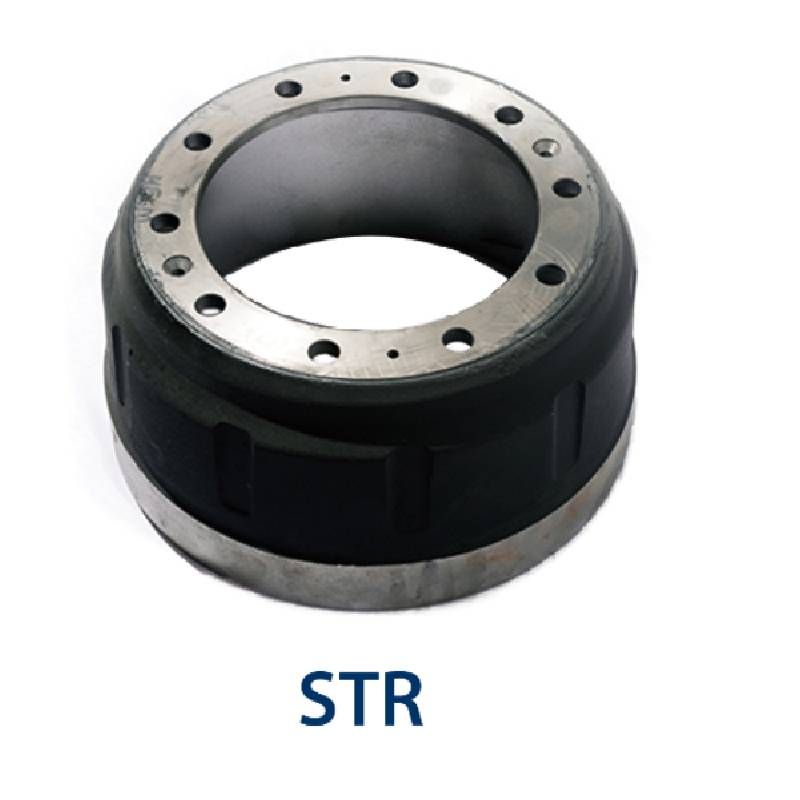Nov . 25, 2024 19:19 Back to list
brake drum vs rotor
Brake Drum vs. Rotor An In-Depth Comparison
When it comes to vehicle braking systems, the choice between brake drums and rotors is significant and can profoundly affect the vehicle's performance and safety. Understanding the differences, advantages, and disadvantages of each system is essential for both vehicle manufacturers and owners.
What are Brake Drums and Rotors?
Brake Drums are cylindrical devices that house the brake shoes. When the brake pedal is pressed, hydraulic pressure is applied to the shoes, forcing them against the inner surface of the drum. This friction slows down the vehicle. Brake drums are commonly found on the rear wheels of many vehicles, particularly older models and lighter vehicles.
Brake Rotors, also known as discs, serve a similar function but operate differently. The brake caliper squeezes brake pads against the rotor to create friction. This method is most prevalent in modern vehicles, particularly in front-wheel applications, and has become increasingly popular for rear brakes as well.
Advantages of Brake Drums
1. Cost-Effectiveness Brake drums are generally less expensive to manufacture and install than rotors. This cost advantage can make a significant difference in overall vehicle pricing, especially for budget-conscious consumers.
2. Durability In terms of wear and tear, drum brake systems can hold up well over time, particularly under low-speed, low-stress driving conditions. This makes them suitable for smaller vehicles or those primarily used for city driving.
3. Self-Adjustment Brake drums often come with a self-adjusting feature that maintains the correct distance between the brake shoes and the drum, which can lead to less frequent adjustments required from the vehicle owner.
Advantages of Brake Rotors
1. Heat Dissipation One of the most significant advantages of brake rotors is their ability to dissipate heat effectively. High-performance vehicles generate more heat during braking, and disc brakes typically allow for better cooling, reducing the risk of brake fade (a temporary loss of stopping power).
2. Faster Response Disc brake systems generally provide quicker and more consistent braking response. This is due to their design, which allows for more immediate application of pressure to the brake pads against the rotor.
brake drum vs rotor

3. Better Performance in Wet Conditions Brake rotors tend to perform better in wet conditions since rainwater can be more quickly expelled from the rotor surface, ensuring better friction and stopping power.
4. Lighter Weight Typically, disc brakes are lighter than drum brakes, which can enhance vehicle handling and performance, particularly in high-performance and performance-oriented vehicles.
Disadvantages of Brake Drums
1. Heat Retention While drum brakes can work adequately under normal conditions, they are less efficient at dissipating heat. This can lead to brake fade during heavy use, such as on a downhill slope or during aggressive driving conditions.
2. Less Responsive The braking response may not be as quick or effective compared to disc systems, especially under heavy braking conditions where performance is critical.
3. Maintenance Although brake drums are durable, they can require more maintenance over time due to the potential for rust and the need for periodic adjustment of the brake shoes.
Disadvantages of Brake Rotors
1. Cost Brake rotors are typically more expensive than drums, both in terms of parts and installation. This can be a concern for lower-budget vehicles.
2. Dust and Noise Disc brakes tend to produce more dust and can be noisier compared to their drum counterparts, although advances in technology have mitigated these issues somewhat.
3. Warping Rotors can warp due to excessive heat, leading to vibrations during braking and requiring replacement.
Conclusion
Both brake drums and rotors have their place in automotive design. While drums might still be used effectively for lighter, older, or budget vehicles, rotors have largely taken over the market due to their superior performance, especially in demanding conditions. The choice between drum and rotor braking systems often comes down to the specific needs of the vehicle and its intended use—whether for everyday driving, performance racing, or somewhere in between. Understanding these differences can help vehicle owners make informed decisions about maintenance, upgrades, and overall vehicle performance.
-
HINO Industrial Solutions - ¡Ң���ຽ��е��������˾ | Advanced Technology&Reliability
NewsJul.13,2025
-
HINO Industrial Efficiency-Jiangsu Hino Industrial|Productivity Optimization&Cost Reduction
NewsJul.12,2025
-
HINO-¡Ң���ຽ��е��������˾|Advanced Industrial Solutions&Energy Efficiency
NewsJul.12,2025
-
Premium Brake Drum Iveco – Durable Drum Brake Drum & Brake Shoe Solutions
NewsJul.08,2025
-
High-Performance Brake Drum Liza for Enhanced Safety Reliable Drum Brake Drum & Brake Shoe Solutions
NewsJul.08,2025
-
High-Quality Brake Drum MAZ – Durable Drum Brake Drum & Brake Drum and Brake Shoe for Optimal Performance
NewsJul.07,2025
